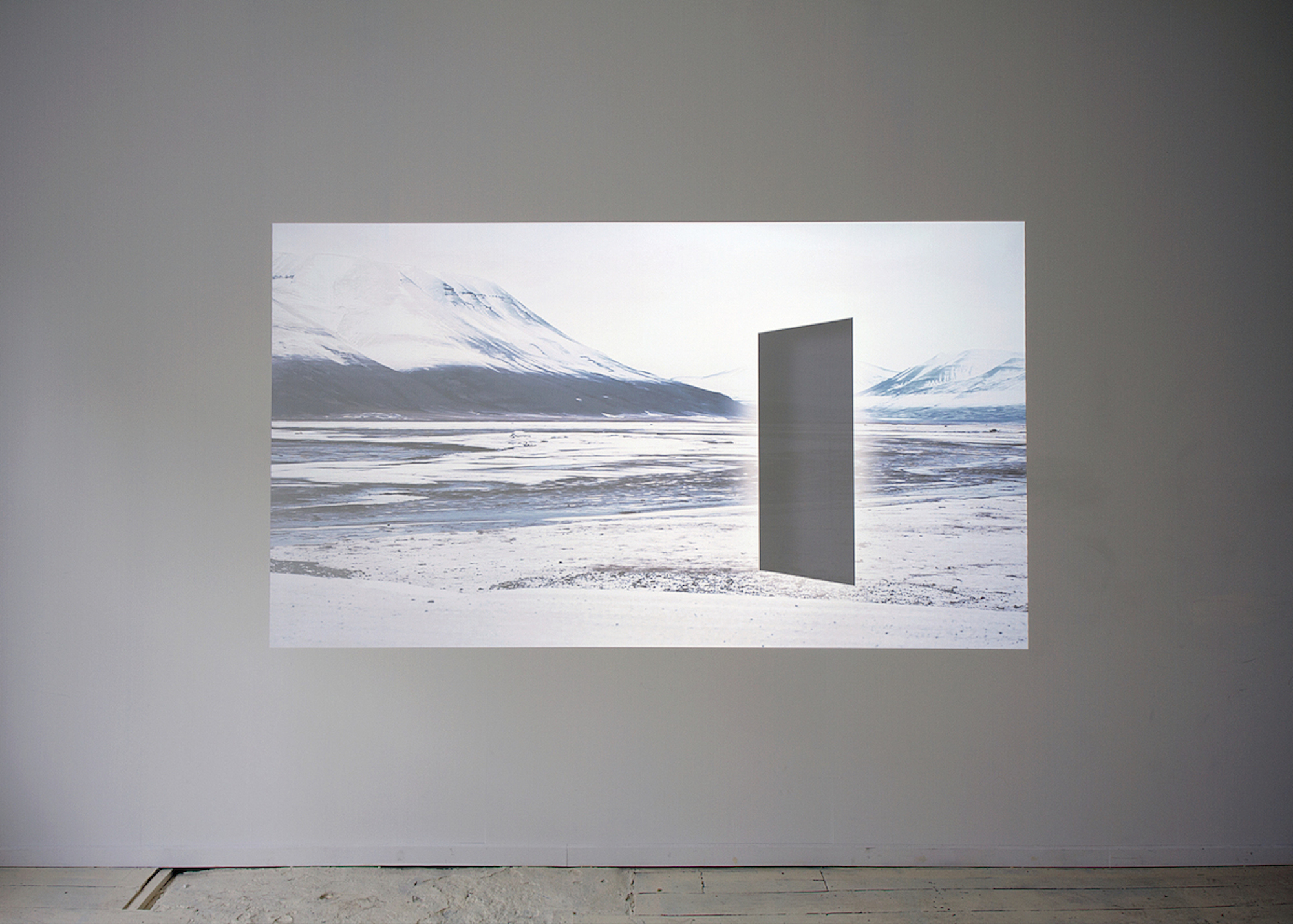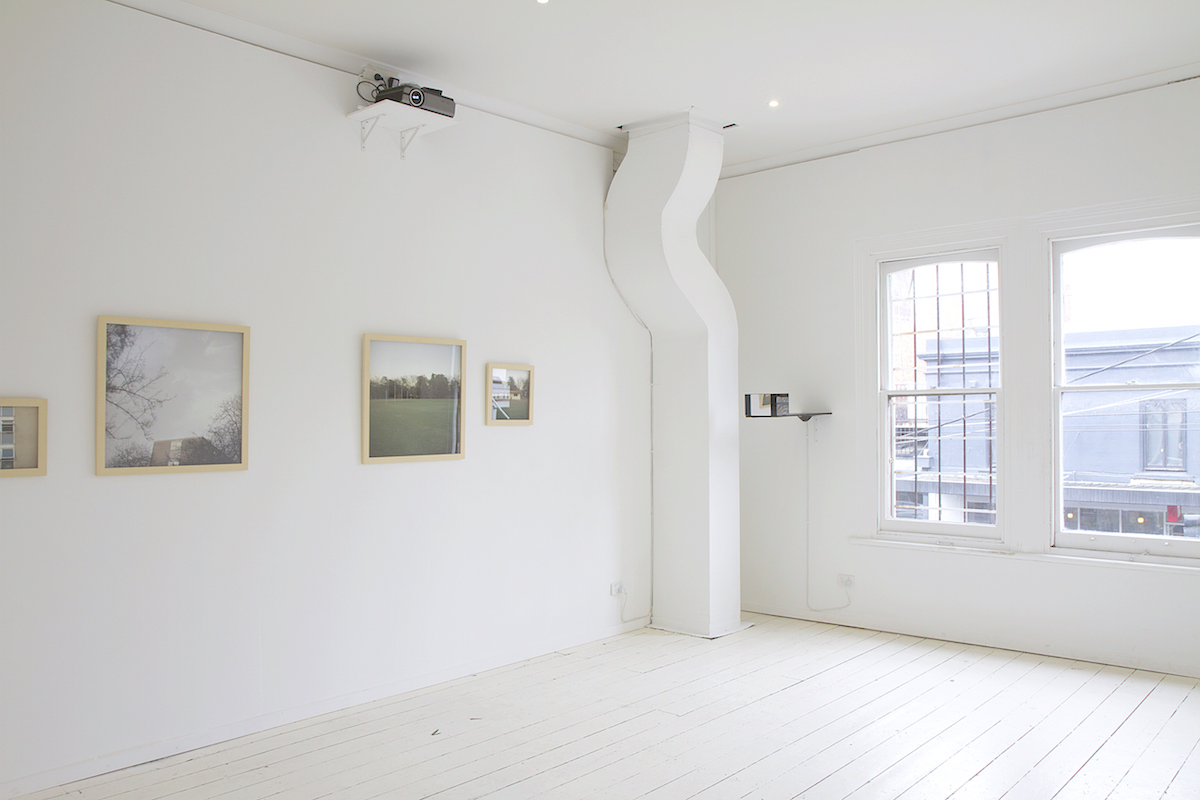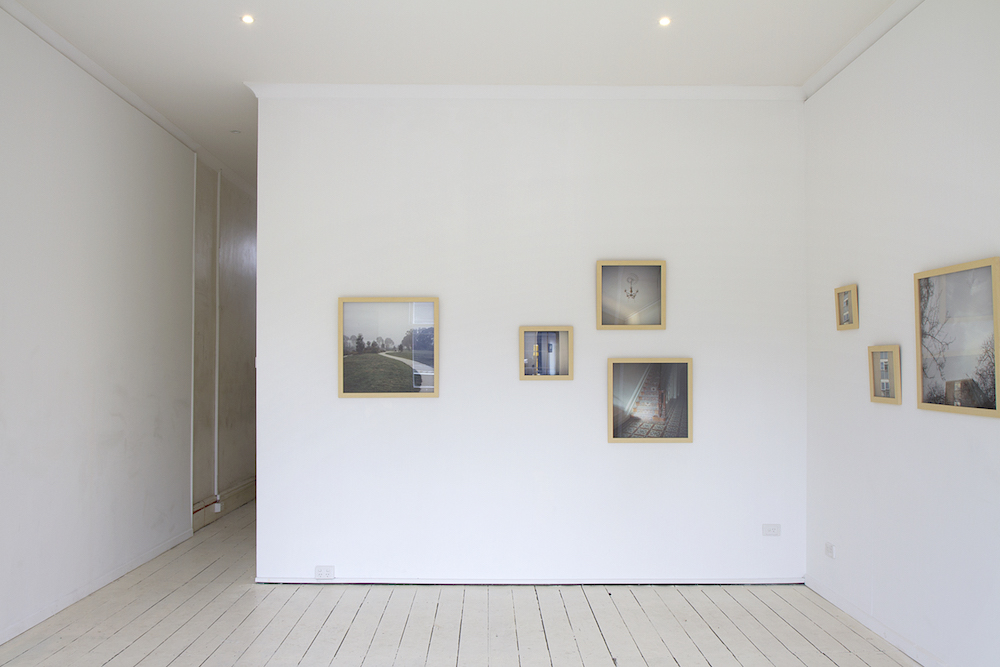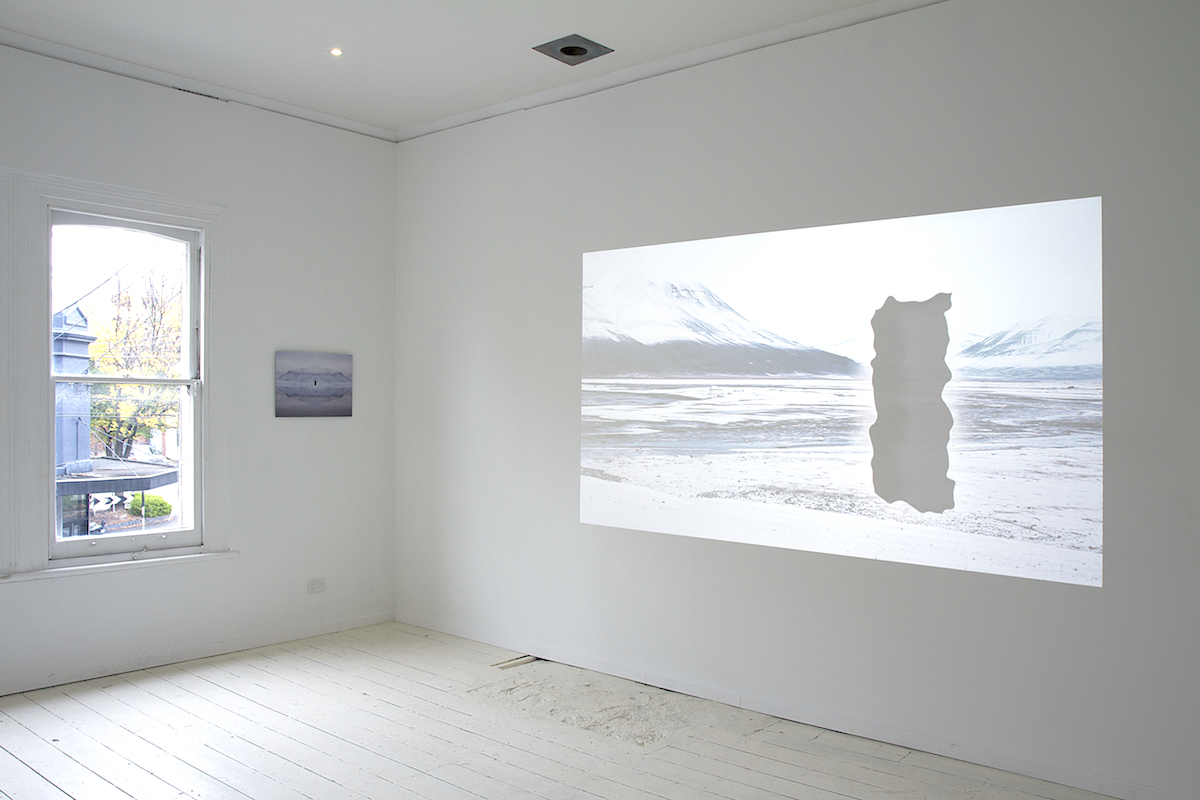TAKEN SPACES
Taken Spaces is a collaborative exhibition between Leela Schauble and Madeline Bishop. The works explore human presence among environments from which they are either visually absent or uninhabitable, considering alternative representations of human existence and experience.
Taken Spaces has toured nationally to:
Photoaccess, Canberra ACT (2016)
SEVENTH Gallery, Melbourne VIC (2016)
Gaffa Gallery, Sydney NSW (2016)
Perth Centre of Photography, Perth WA (2017)
Documented by Madeline Bishop.
2016-2017
SEVENTH EMERGING WRITERS’ PROGRAM
Taken Spaces: Madeline Bishop and Leela Schauble
by Marisa Georgiou
Like many critical social discourses, environmental criticism in art has gone through its own evolutions and ‘waves’, the implications of the term ‘environmental art’ broadening considerably in contemporary conversation. When we used to talk about the ‘environment’ it would simply connote the ‘natural environment’. However, environmental criticism’s working conception of “environment” has branched out to also include “the urban, the interweave of “built” and “natural” dimensions in every locale, and the interpenetration of the local by the global.”i
To explore environmental relations in such malleable and connected ways is important. Ecofeminist philosopher Val Plumwood speaks of how the environment is too often “backgrounded” in most Western perspectives; seen as the antithesis to reason and culture as it was simply always “there”. Too often, it is treated as timeless, unchanging and separate. It is seen as a “limitless provider without needs of its own”, with our extreme level of dependency and connection to it wholly denied.ii
As do artists who work within feminist, queer or indigenous themes, among others, ecocritical artists can use subjective experience as a tool to unsettle normative thinking about the environment, and social-environmental status quos. Ecocritic Lawrence Buell emphasises that Place consciousness, or feeling bonded to a Place, involves not just physical/spatial orientation, but temporal and imaginative orientation also.iii These understandings underpin Leela Schauble and Madeline Bishop’s grasp of Place as something which is defined socially and canonically, but ultimately remains at the whims of individual subjective experience, iv and the way that environments, themselves, change. This exhibition, Taken Spaces, demonstrates some of the intricacies and limitations of feeling bonded to Place on multiple compounding levels.
Leela Schauble’s work Landing (2016) directly addresses the complexities of visiting, understanding and inhabiting a new environment, utilising sound and digital manipulations to refocus our sensory relationship with Place. It is filmed in the Arctic Circle, where she recently spent time on residency during the Autumn season. Here, she went through the process of conducting “landings” every day, in preparation to explore the environment for the first time. Through this, she was able to experience the process of creating Place consciousness and bonding on a geographical ‘blank canvas’ (at least as ‘blank’ as is possible).
In the work, video footage of figures conducting these landings is superimposed with ambiguous black shapes that obscure the environment. One wonders whether they are topographical shapes from a map, or the way clusters of ice caps melt over time. By the end of the film it evolves to become a rectangular “manufactured” shape which begins to dominate and become the focus of the landscape, like a portal. Nevertheless, its impenetrable grey surface still does not invite entry. With the realisation that this harsh environment is ultimately unable to support their presence, or human narrative, in the long term, Schauble asks questions about whether a deep or complete understanding of Place is possible at all.
Bishops’ images speak about the long-term temporal dimension of placeattachment through the use of nostalgia and narrative. Couched in direct personal experience, many of the photographs were taken on a visit to Canberra where the artist grew up. Those titled In theory I knew it was coming (2016) depict ubiquitous government housing flats on one of the main roads, which made up part of her daily experience as she passed them on the way to school. On return, they had since been emptied and prepared for demolition. With other titles such as I thought I heard your voice (2016) and I still expect to see you unexpectedly (2016), she talks of the transience of human presence and how individuals can (perceptibly or imperceptibly) influence urban and natural environments as they pass through. They purposefully show only traces of human inhabitancy, but no figures, inviting flexible interpretation, and drawing focus to evidence of time passing and Places in flux.
In these images, natural phenomena act as signifiers of this temporality: the way that early morning sun filters into a room, dawn mist in the park obscuring the vision, the way that all the trees have been blown so consistently in one direction so that they all lean slightly left; these collections of images revel in liminal space, illustrating the capacity for physical and psychical space to be represented as one. Perhaps they are less separate than is commonly portrayed.
It is widely understood that our foundational, initial or childhood experiences of Place, and the memories of that, affect one’s response to wherever they have been since;v that we can never relate to Place without any preconceived expectations. However, this is made more complicated when we take into account that places change as well, in a way that is perhaps counterintuitive to how one implicitly desires foundations to be. The way we relate to environments is not just reliant on physical orientation but psychical orientation too, and is exceedingly unstable. Through the lens of subjective experience, these artists show that environments, just like the people who inhabit or pass through them, are not “entative”, but always “in-process”.
i Buell, Lawrence. The Future of Environmental Criticism. Blackwell Manifestos. Malden, MA: Blackwell Publishing, 2005, 12.
ii Plumwood, Val. Feminism and the Mastery of Nature. Feminism for Today. edited by Teresa Brennan London: Routledge, 1993, 21.
iii Buell, 2005, 72.
iv Ibid. 74.
v Ibid. 73.



